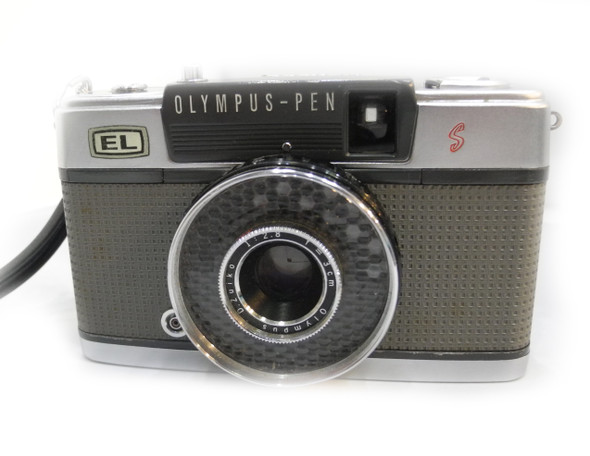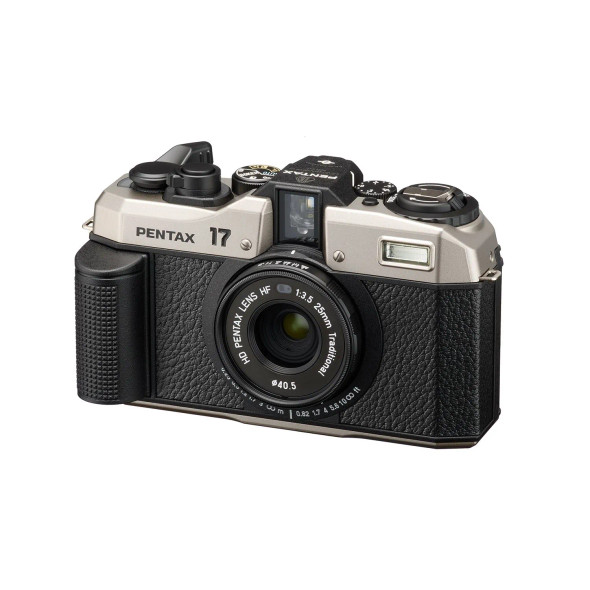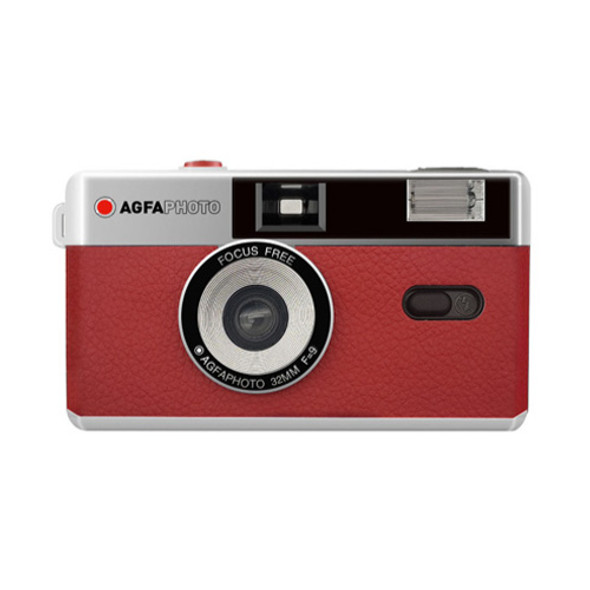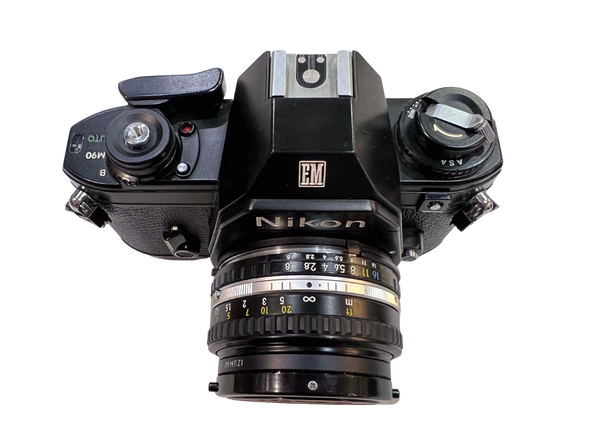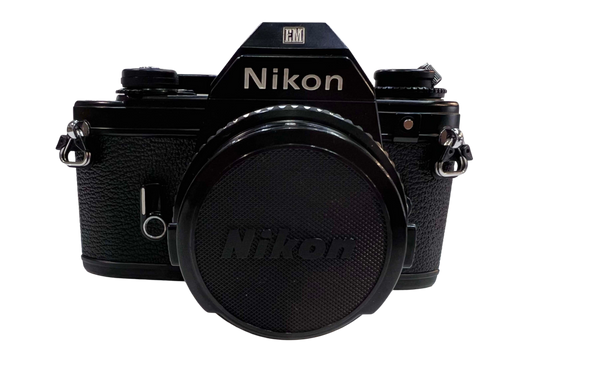Description
* Very good condition
The Trip 35 is a 35mm compact camera, manufactured by Olympus. It was introduced in 1967 and discontinued, after a lengthy production run, in 1984. The Trip name is a reference to its intended market—people who wanted a compact, functional camera for holidays. During the 1970s, it was the subject of an advertising campaign that featured popular British photographer David Bailey. Over ten million units were sold.[1]
The Trip 35 was a point and shoot model with a 40 mm ƒ/2.8 lens, solar-powered selenium light meter, and just two shutter speeds. In 'A' mode, the camera operates as a Program automatic, choosing either 1/40 s or 1/200 s. The camera could also sync with flash, and has a range of aperture settings, from ƒ/2.8 to ƒ/22. In flash sync mode, the shutter is set at 1/40 s. Apart from a simple four-position zone focus system, and an ISO setting from 25 to 400,[2] the camera has no other photographic controls. The camera has a Prontor-Compur sync connector and a hot shoe. Its lens was a coated Zuiko 40 mm ƒ/2.8, with four elements in three groups.
The camera has an ISO range of "only" 25–400, but this was acceptable then, as films faster than 400 were uncommon and not of high image quality. 25 speed allowed the use of Kodachrome, while 400 speed allowed use of Kodak Tri-X and similar fast materials under low light.
Earlier models, from the first few years of production, has a maximum ISO speed of 200.
The four-element Zuiko (probably Tessar-style) lens, still impressive today, give high-quality images. If used with modern film emulsions, the results can be very good.
The use of a selenium photocell to select the shutter speeds and aperture let novices use the camera as a "point & shoot", with good results obtained most of the time. And no batteries are needed to power the camera, an important consideration when travelling where batteries might not be available.
The lack of more than two shutter speeds was not a problem. At 1/200 s and ƒ/22 with 400-speed film, the camera could deliver correct exposure in full sunlight, while at 1/40 s and ƒ/2.8, correct exposure could be obtained under bright fluorescent light, without a flash.
The aperture could also be adjusted to cope with sunny/dull conditions etc., so again this allowed for better results, but in low light conditions, with perhaps a smallish aperture (for long depth of field), the camera would probably set itself to the lower speed of 1/40 s, so camera shake is a possibility if higher-speed film was not used.
Viewfinder
Standard Albada, with parallax marks. Red indication for too little light. Trick peephole to see exposure and focus settings as set on lens. The ridged window to the right of the finder window is fake, mimicking a rangefinder.
Focus
Manual by scale, visible through viewfinder. Top scale, visible through finder, shows icons or headshot (1m/3'), twoshot (1.5m/5'), group shot (3m/10') and infinity. Bottom scale calibrated in meters and feet.
Lens
40mm f/2.8 Olympus D. Zuiko.
4 elements, three groups.
Appears to be a front-element focusing Tessar.
Close Focus
2.9' (0.9m).
Diaphragm
Two bladed, diamond-shaped, stopping down to about f/22.
Shutter
1/40 or 1/200, automatically selected. No bulb setting.
Cable Release
Standard socket in shutter release button.
Meter
Selenium cell around lens. (automatically incorporates any filter factors.)
Exposure
Program automatic (A) and fixed-aperture for flash. Note: if you chose a large aperture for flash and work in bright light, it stops down accordingly but keeps the shutter speed at 1/40.
Exposure range
EV 8-1/3 (1/40 at f/2.8) to EV 17-1/6 (1/200 at f/27).
Film Speed
Third stops from ASA 25 - 400, except ASA 32.
Filter Size
43.5mm screw in.
Uniquely weird size deliberately chosen by Olympus to try to force you to buy their own brand of filters.
Low Light Warning
If exposure would go below 1/40 at f/2.8, the shutter locks and a red transparent flag rises from the bottom of the finder in A setting. (If this happens, use flash.)
Flash
Hot shoe and PC terminal.
Film Advance
Thumb wheel.
Rewind
Crank and bottom release button.
Back Opening
Catch along left bottom.
Film Loading
Put leader on tooth in slot.
Size
4.912" W x 2.861" H x 2.269" D (124.77mm W x 72.67mm H x 57.62mm D)l, measured.
Weight
13.77 oz. (390.5g), measured, naked: no film or strap.
Battery
NONE NEEDED.






